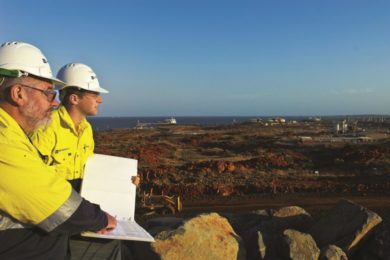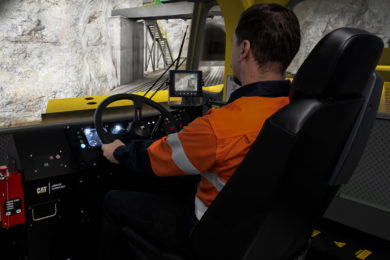Katherine van Nes, Consultant Lead, Smart Industries, Hatch, notes that “digital transformation is beginning to catch on in the mining sector. The technology you and I trust to manage much of our lives has become so ubiquitous and so vital, its impact is now being felt deep underground. This conversion is long overdue, because digital tools are essential to addressing one of the biggest challenges most mines face today: variation in productivity.
“Variety may be the spice of life, but it can be the kiss of death to a mining operation. Next to producing more volume or creating a better product, making things run more smoothly, consistently, and at the highest possible rate is the most effective way to cut costs and create value for any company. Operators are always surprised to find out just how much variation there is in their processes. But far better to recognize the problem and address it than have it continue to erode your productivity and your profits.
“Well-run mines hit their monthly targets, but there is often still a lot of hurry-up-and-wait, with significant fluctuations day-to-day or week-to-week. We see situations where things slow down or stall simply because the necessary resources aren’t available. By optimizing the process, especially with the precision and real-time planning that digital solutions can make possible, people and equipment are at the right place at the right time, enabling the highest possible face or stope efficiency. There is less stop-and-go. Targets are reached consistently, efficiently, and uniformly. Planning improves because it’s being based on data that is real, verifiable evidence of what is possible. That means better process execution, which produces better, more consistent results…which lead to better planning…and so on.
“So, where to start? To find opportunities to improve operational management systems, begin by looking at the three elements of successful organizational transformation: people, process, and technology.
“It’s no accident that people are the first consideration. The crew is always on the front-line, responsible for successful execution. Operators need to know where they’re supposed to be, when and how to accomplish a task in the time allotted, and whether that amount of time is reasonable to complete the work. The right operations roles need to be defined so work can be organized and executed as efficiently as possible. Workers need to be able to change or refine execution strategies in real-time, based on what’s happening in the moment, not hours later in post-shift analysis reviews or reports.
“In work planning, it’s the second element—process—that rules. Planning and scheduling become critical elements of the execution value chain. As technology changes, work processes themselves need to be able to adapt to fit. We don’t use our smart phones the same way we do landlines. Work processes must change to take advantage of opportunities that didn’t exist before. They’re only useful to the extent that they help a mine reach the goals that have been set for it.
“The third leg is the right technology. There can be any number of reasons for variance in operational productivity. The experience, skill level, and resource loading of the crew can make a substantial difference. So can everything from the equipment used, to grade variances within a stope, to the complexity of the mine plan and mining methods. With the right communications and technology infrastructure and capable people who have been trained to use it, information and the work it tracks can be managed in real time. All the factors contributing to variation can be identified and measured, allowing us to control, mitigate, or eliminate them.
“Operations like underground mines need to regularly undergo health checks. To guide you in assessing the state of your operation and determining an optimal path forward, ask three questions. Where are you now? How do you do what you do? What needs to be enabled for you to be successful and how would these changes be perceived by your personnel? With these answers and a well-conceived vision of what you want to accomplish, you’re ready to see how the right operational management system may be able to deliver the change—and the results—you’re looking for.”










